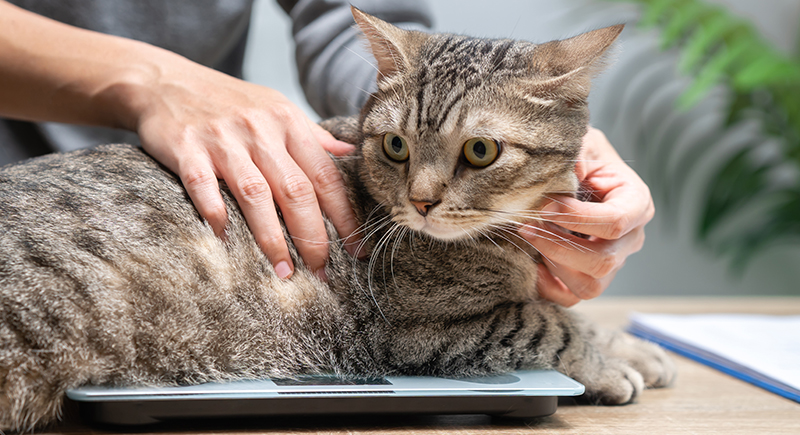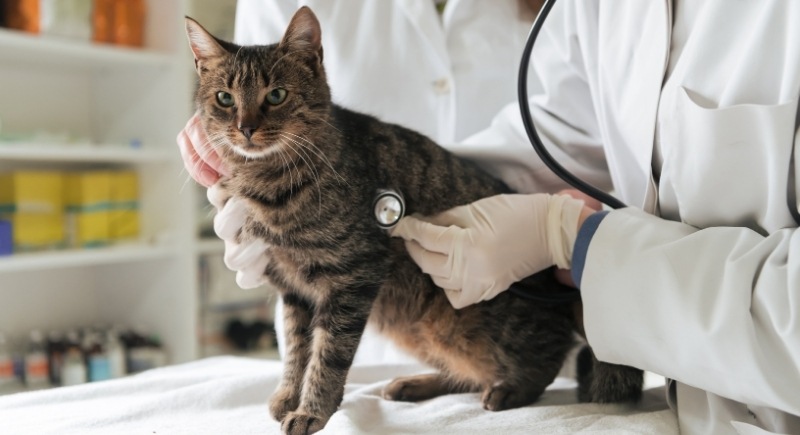You Might Not Realize Your Cat Is Dehydrated Until You Check This One Thing
A full bowl of water can sit untouched while your cat carries on as if drinking is optional. Nothing seems worrying at first. Then a small change pulls you in. Their eyes look a little tired. Their food sits longer than usual. Something in their behavior feels slightly off, and you start paying closer attention without knowing what you’re looking for.
Cats are unbelievable at hiding physical discomfort, so the early clues rarely show up in obvious ways. The real sign often appears in one simple spot that most people forget to check until it suddenly becomes the key to figuring out what’s going on.
Small Clues That Something Is Off
Cats rarely announce that they need water. Instead, they leave subtle hints. Their energy dips. Their appetite dwindles. Their eyes sometimes look a bit dull. In more intense cases, you might see panting or constipation. Thick saliva and sticky gums also show up in dehydrated cats. A cat experiencing vomiting or diarrhea loses a lot of fluid in a short period, so the situation becomes concerning quickly.
The One Thing To Check First

Image via iStockphoto/NongAsimo
The skin test has saved more cat parents from guessing games than any fancy gadget. Lift a small section of skin between the shoulder blades, then release it. Well-hydrated skin falls back into place fast. Slow return signals trouble. If the skin stays tented, that points to a more serious level of dehydration and calls for urgent care.
The gums deserve attention, too. When healthy, they feel slick and moist. Dry or tacky gums are a common signal that a cat is not getting enough fluids. These two simple checks often reveal concerns long before a cat shows dramatic signs.
The Hidden Risks Behind Low Fluids
Cats lose water through normal bodily functions, but they replace it unevenly. When they stop eating well or become queasy, those losses add up fast. Illnesses like diabetes and kidney trouble drain additional fluids. Hot weather increases the rate even more.
Some cats get thrown off by stress or routine changes, and their drinking habits drop without warning. A young, healthy cat recovers quickly than a senior cat with chronic conditions, yet both can slip into dehydration before anyone notices. The more dehydrated a cat becomes, the harder it is for the body to manage circulation, digestion, and waste removal.
What To Do When Hydration Slips

Image via Canva/dotshock
A dehydrated cat needs a vet’s assessment, even if the signs seem mild. A professional will evaluate hydration levels, check for underlying causes, and decide whether the cat needs fluids under the skin or intravenous support. Severe cases can take hours or days to stabilize.
At home, only offer fluids in ways that encourage voluntary drinking. Cats respond well to fresh water, ice cubes, or a hint of tuna water. Many prefer fountains because the movement feels cleaner to them. Never force water into a cat’s mouth, since that can accidentally send liquid into the lungs.
Food choices matter too. Wet food carries significant moisture, which helps support hydration without relying solely on the water bowl. Cats that rely mostly on dry food must drink more, so monitoring the bowl becomes more important.
Cats with diabetes, kidney disease, or thyroid issues benefit from closer monitoring, since their fluid needs shift faster. Stressful events can also disrupt normal drinking habits, so keep an eye on mood changes as well as water levels.
Once you learn your cat’s natural patterns, the signs become easier to catch. That single test with the skin or gums can reveal more about their health than you might expect, and it often does so long before things become more serious.